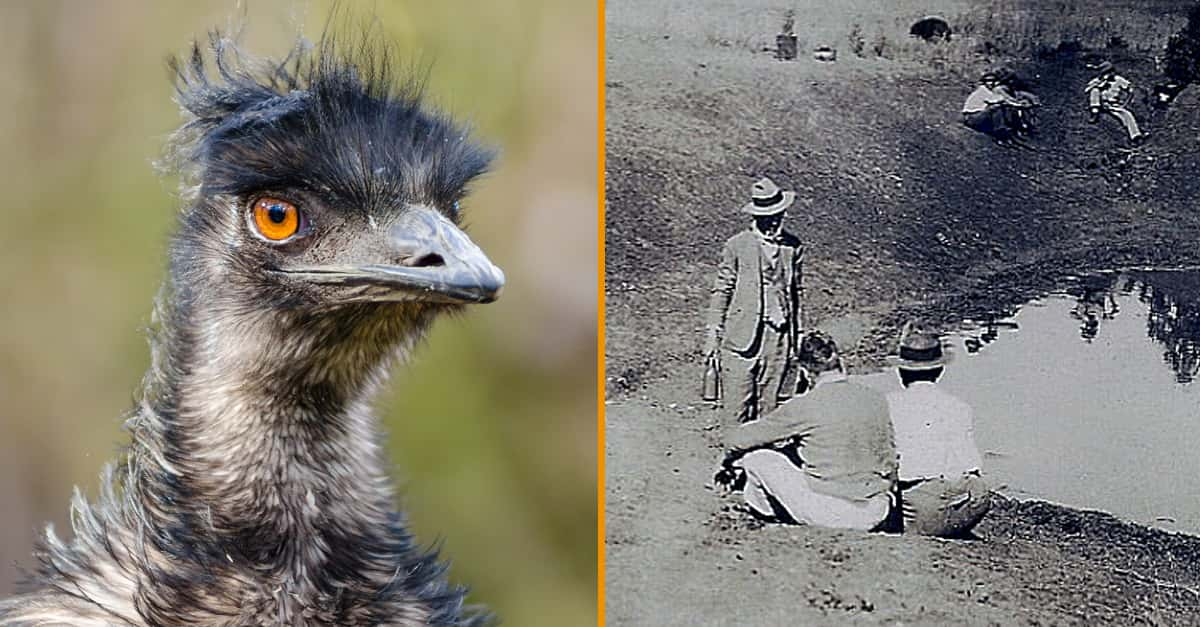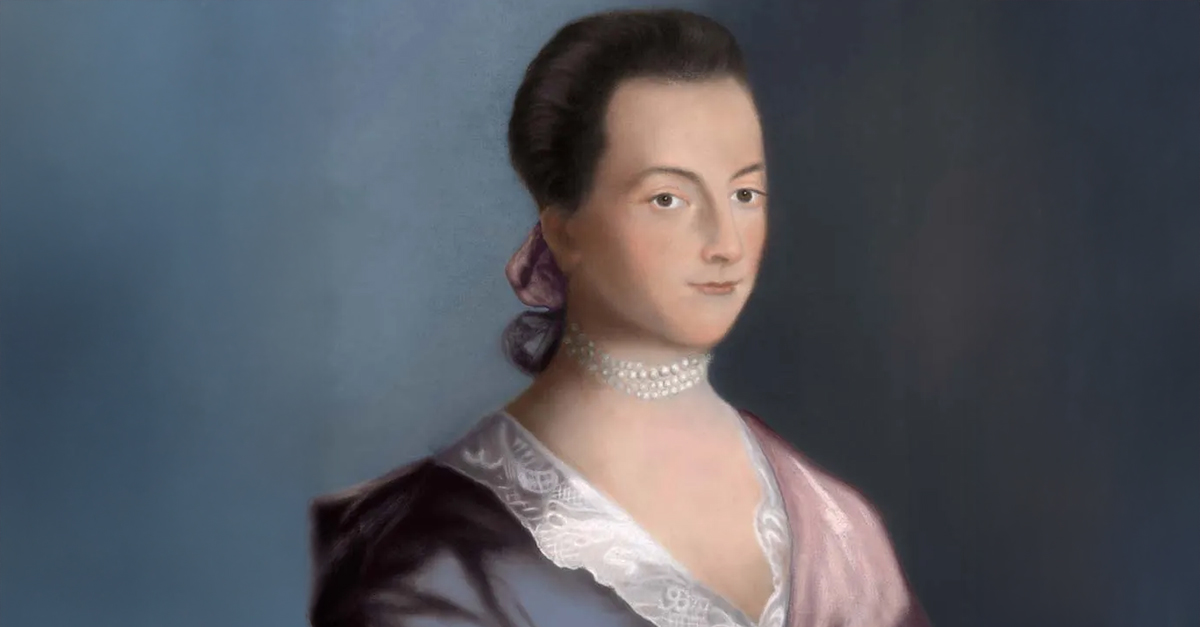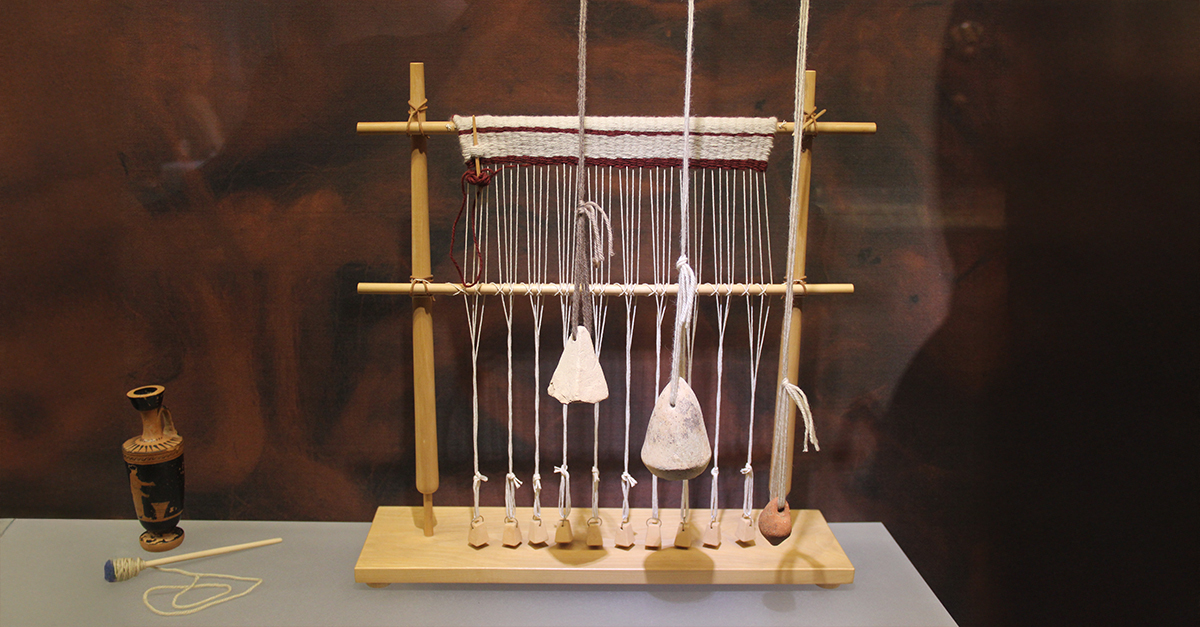The Great Emu War of 1932 is perhaps history's most overlooked conflict. Waged between well-equipped professional soldiers of the Royal Australian Artillery and a bunch of flightless birds, it is also the funniest. Let's dive in.
Consider the Emu
A close relative to the ostrich, emus are massive, flightless birds with an ungainly appearance. They don't walk so much as they waddle. Like overgrown pigeons with stilts for legs, they are nature’s most useless creation. They are, of course, native to the only country on Earth that would produce such strange creatures: Australia, Earth's laboratory for absurd beasts.
 Wikimedia Commons Australian soldier Ray Owen holds a deceased Emu during the Emu War
Wikimedia Commons Australian soldier Ray Owen holds a deceased Emu during the Emu War
The Australian people's relationship with emus is long, storied, and complicated. Much like the French and English, they have been instrumental in each other's development, and today are bound by a close-knit friendship...yet not long ago, the two sides were haunted by the horrors of a bloody and horrific war.
Post-War Politics
In the years after World War I, the Australian government offered the nation's wounded veterans a deal: free land for their years of service. If that seems like a fair exchange for surviving war heroes, it wasn't. In almost every case, the land offered consisted of marginal parcels of unfarmed fields in the unpopulated Western portion of the country.
As if that weren't enough, in 1929 the Great Depression came to Australia.
As a result, the Australian government encouraged these soldiers-cum-farmers to plant wheat, and promised subsidies for doing so. These subsidies never came to be. Wheat prices continued to fall. By October of 1932, the situation was perilous. Farmers prepared to take in the year's harvest without agreeing to deliver said wheat to the government. In their eyes, no subsidies meant no wheat.
Then came the emus.
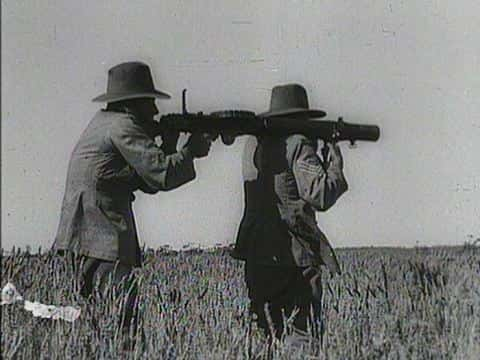 Wikimedia Commons Soldiers, very likely to be McMurray and Gunner J. O'Hallroan, with a Lewis Machine Gun during Emu War.
Wikimedia Commons Soldiers, very likely to be McMurray and Gunner J. O'Hallroan, with a Lewis Machine Gun during Emu War.
Emus make a yearly migration in Australia, from the inland country to the coast. In 1932, though, what was typically a small gathering of emus became a full-blown exodus. Encouraged by the recently cleared land and irrigation the farmers had set up to grow their wheat, 20,000 emus made their way into Western Australia. Before long they were ravaging the wheat fields, driving the already desperately poor farmers into a frenzy. The farmers pled with the Australian government for help.
Kidding aside, it was a tense political moment in Australia. As wages fell and inequality rose, newspapers wrote openly of revolution and secession. And so, in the conflict between farmers and emus, members of the Australian government saw an opportunity: a highly publicized effort to protect the farmer's land would be evidence that the government was on the side of the people.
And so the Australian army entered the fray...
The Battle Begins
The Great Emu War was conducted under the leadership of Major G.P.W. Meredith, Seventh Heavy Battery of the Royal Australian Artillery. He traveled to Western Australia on the orders of With him were two soldiers, two Lewis machine guns, 10,000 rounds of quality ammunition.
Their enemy was a group of emus.
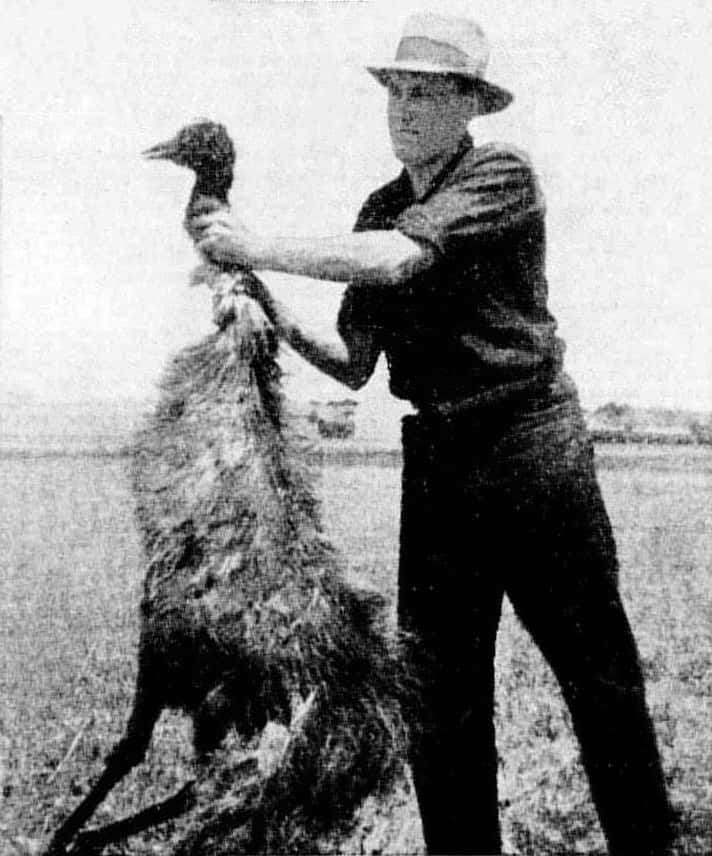 Wikimedia Commons A man holding an emu killed by Australian soldiers
Wikimedia Commons A man holding an emu killed by Australian soldiers
The first foray of the war began in late October. The Australian forces were immediately stymied by heavy rains, which caused the birds to scatter across a wider area than had been expected. Attacks were delayed for weeks.
The rains ended on November 2. The soldiers, now wet, anxious, and embarrassed, were eager to set about their mission. In the early hours of that morning, the group sighted about 50 emus on the outskirts of a small town. Not wanting to fire on the birds with the full brunt of their machine guns (and thereby risk human fatalities) the soldiers enlisted the help of local townspeople, with the goal of trapping and ambushing emus in a large group. The birds, perhaps expecting such under-handed tactics, quickly splintered into small clusters. The operation was a failure. According to Major Meredith's logs, the soldiers managed to execute only a dozen or so birds, before the dusk light forced them to retire.
Killing No Birds With Lots Of Bullets
Major Meredith was a proud soldier and was therefore undaunted by his mission's early failures. Two days after the failed attack at Campion, he and his men embarked on a more ambitious overture.
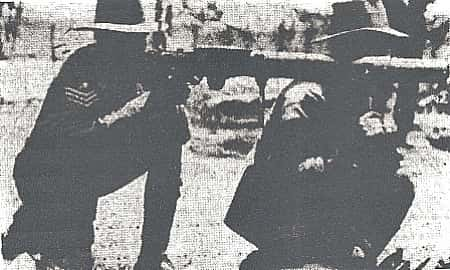 Wikimedia Commons Sargent McMurray and Gunner J. O'Hallroan with a Lewis Machine Gun during Emu War.
Wikimedia Commons Sargent McMurray and Gunner J. O'Hallroan with a Lewis Machine Gun during Emu War.
Having received intelligence regarding a force of 1,000 emus near a local dam, the Australians attempted to bait the birds into the range of their machine guns. Using wheat and seeds, they managed to coax about half of the flock into the trap. The gunners opened fire, and sprayed hot death onto their foes...for about 10 seconds, until the guns jammed. The flock scattered. 15 birds were killed. There were no more sightings for the rest of the day.
The following weeks went much the same: the best and brightest of the Australian army tracked their avian enemy, constructed elaborate plans, launched fiery attacks, and failed spectacularly.
Lessons Learned (Kind-Of)
The Great Emu War ended with a whimper, not a bang: after months of attempted slaughter, the Australian government eventually ordered an end to the campaign. Records of the mission’s success vary. According to some, there were as many as 1,000 emus killed. Others report casualties as low as 50.
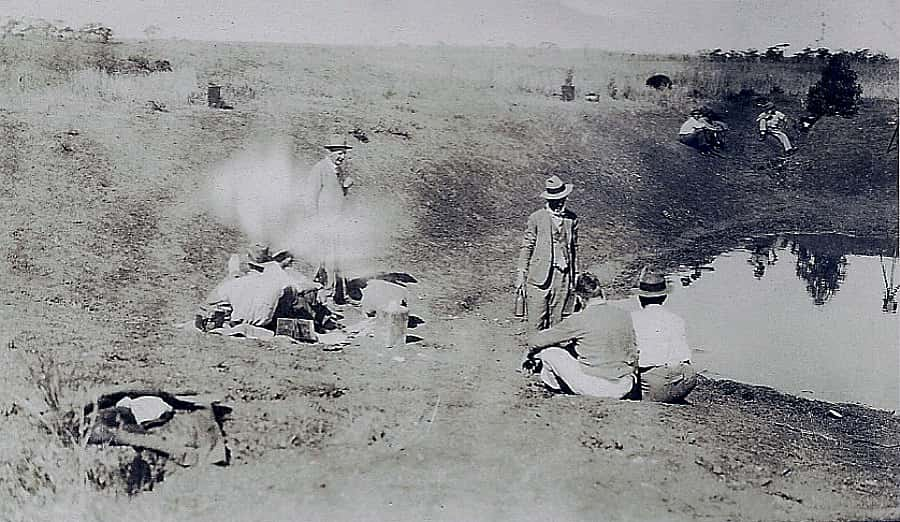 Wikimedia Commons Australian soldiers resting during the Emu War.
Wikimedia Commons Australian soldiers resting during the Emu War.
In any case, it was an unmitigated failure. Years later, ornithologist (and part-time avian military historian) Dominic Serventy would reflect on the conflict:
“The machine-gunners' dreams of point-blank fire into serried masses of Emus were soon dissipated. The Emu command had evidently ordered guerrilla tactics, and its unwieldy army soon split up into innumerable small units that made use of the military equipment uneconomic. A crestfallen field force therefore withdrew from the combat area after about a month.”
Of course, that would not prevent the Australian government from engaging in similar attempts at emu extermination throughout the 30s and 40s. Few were any more successful.
Let this be a lesson: never underestimate an emu.

